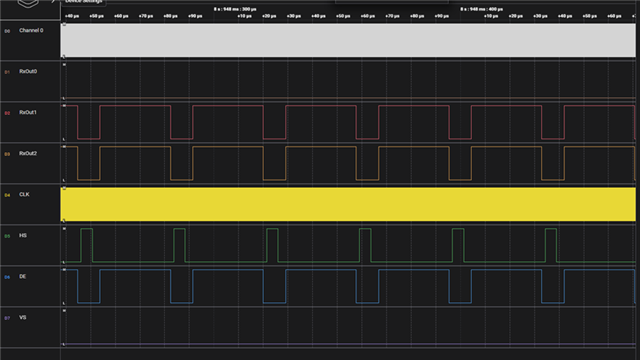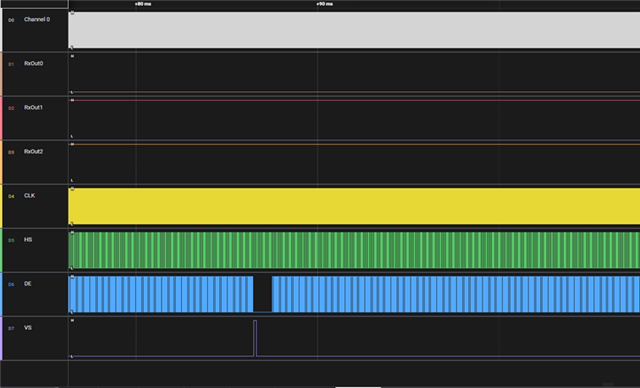Other Parts Discussed in Thread: DS90UB929-Q1, ALP, FLINK3V8BT-85
Tool/software:
Dear expert,
Below is suggested for AV mute work around.
"Work-around: Setting DE_GATE_RGB register bit (0x04[4] = “1”) on the DS90UB929-Q1 will prevent video from being sent during the blanking interval"
However, customer find after they write 0x90 to 0x4 register but read back value is still 0x80.
All other register access for UB929 are correct.
0x4 register bit 4 access for UB947 is also correct.
Only UB929 bit 4 of 0x4 register cannot be written.
Why is that?




